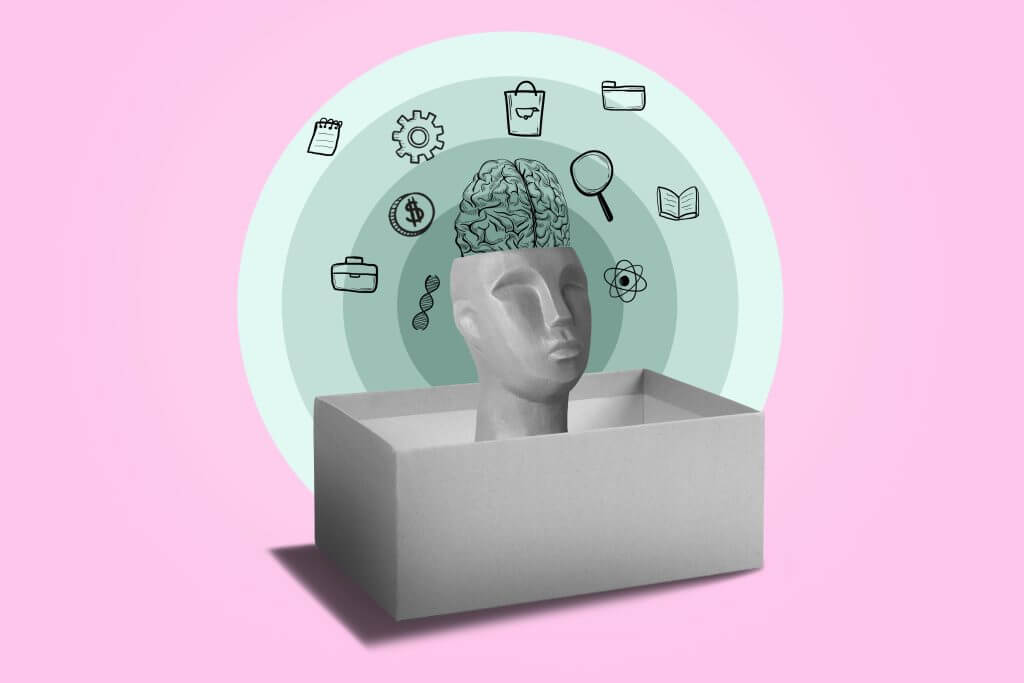
In the ever-evolving landscape of online marketing, understanding consumer behavior is paramount to success. The digital realm has introduced new dynamics to consumer psychology, making it crucial for marketers to delve into the intricacies of why and how consumers make decisions online. In this article, we will explore the fascinating world of consumer psychology and its application in online marketing.
The Online Consumer Journey

To understand consumer behavior in the digital age, it’s essential to recognize the stages of the online consumer journey:
Awareness:
At this stage, consumers become aware of a need or problem. They start their journey by conducting online research, using search engines and social media to gather information.
Consideration:
Once aware, consumers enter the consideration phase. They explore various options, reading reviews, watching videos, and comparing products or services.
Decision:
In this phase, consumers make their final decision. They might abandon their cart, make a purchase, or reach out for more information.
Post-Purchase:
After the purchase, consumers continue to engage with the brand. Positive post-purchase experiences can lead to loyalty, repeat purchases, and advocacy.
The Power of Emotions
Emotions play a significant role in consumer behavior, both offline and online. Online marketers can tap into emotions to create compelling campaigns. Here are some key emotional triggers:
Trust:
Establishing trust is paramount in online marketing. Consumers are more likely to engage with and buy from brands they trust. Trust can be built through customer reviews, testimonials, and transparent communication.
FOMO (Fear of Missing Out):
Creating a sense of urgency or scarcity can drive action. Limited-time offers, flash sales, and countdown timers can tap into consumers’ fear of missing out.
Social Proof:
Consumers often look to the actions of others for validation. Highlighting social proof, such as user-generated content and endorsements from influencers, can influence decisions.
Personalization:
Tailoring marketing messages and product recommendations based on consumer behavior and preferences can make consumers feel valued and understood.
The Role of Cognitive Biases
Cognitive biases are systematic patterns of deviation from norm or rationality in judgment. In online marketing, understanding these biases can be advantageous:
Anchoring Bias:
This bias involves relying heavily on the first piece of information encountered when making decisions. Marketers can use this by presenting a high-value product first, making subsequent options seem more affordable.
Confirmation Bias:
Consumers tend to seek out information that confirms their existing beliefs. Marketers can leverage this by aligning messaging with consumers’ preconceived notions.
Loss Aversion:
People tend to prefer avoiding losses over acquiring equivalent gains. Framing offers as “preventing loss” can be more effective than presenting them as “gaining.”
Choice Overload:
Too many choices can overwhelm consumers. Marketers can simplify the decision-making process by offering a curated selection or guiding consumers through a step-by-step process.
The Impact of User Experience (UX)

User experience design plays a pivotal role in online marketing. A seamless and user-friendly website can significantly influence consumer behavior:
Website Speed:
Slow-loading websites can lead to high bounce rates. Speedy websites enhance user experience and keep consumers engaged.
Navigation:
Intuitive navigation and well-organized content help consumers find what they’re looking for quickly and effortlessly.
Mobile Optimization:
With the prevalence of mobile devices, ensuring that your website is mobile-responsive is essential for reaching and engaging consumers on various platforms.
Visual Appeal:
A visually appealing website can captivate visitors and convey a sense of professionalism and trustworthiness.
The Influence of Social Media
Social media platforms have become hubs for consumer interaction and decision-making. Understanding how consumers behave on these platforms is critical:
Peer Influence:
Consumers often look to their social networks for product recommendations and reviews. Influencer marketing, where influencers endorse products, is a prime example of peer influence in action.
User-Generated Content (UGC):
Encouraging customers to create and share content related to your brand can foster a sense of community and authenticity.
Emotional Triggers:
Social media platforms are ideal for tapping into emotions. Engaging content that evokes emotions, whether it’s humor, nostalgia, or empathy, can go viral and boost brand awareness.
The Role of Data and Personalization
Advancements in data analytics and AI have allowed marketers to personalize their messages and offerings:
Behavioral Tracking:
Analyzing consumer behavior on your website can help tailor recommendations and content based on their interests and actions.
Email Personalization:
Personalized email campaigns, including product recommendations based on past purchases, can significantly improve conversion rates.
Ethical Considerations
Understanding consumer psychology also comes with ethical responsibilities. Marketers must be transparent, respect privacy, and avoid manipulative tactics.
Mastering the psychology of online marketing is a journey that involves continuous learning and adaptation. By understanding the emotional triggers, cognitive biases, and user behaviors that influence consumer decisions, marketers can create more effective and ethical online campaigns. Remember, it’s not just about selling a product or service; it’s about building relationships, fostering trust, and providing value to consumers in the digital age.



